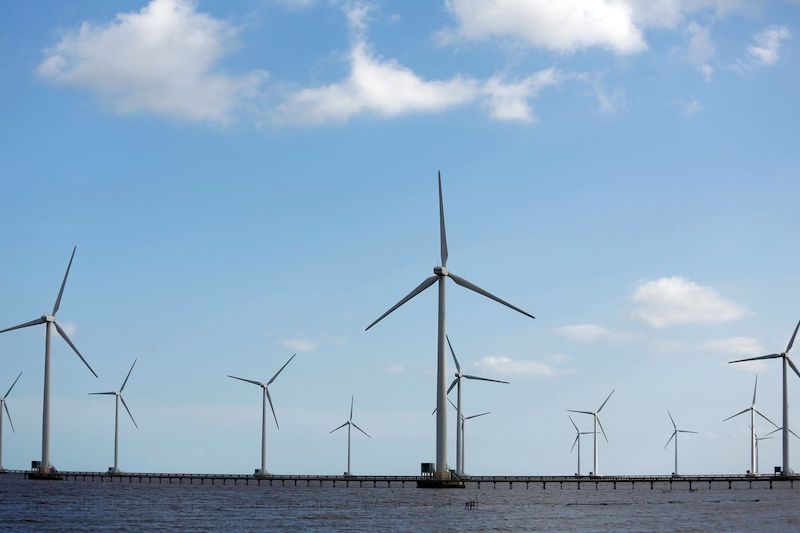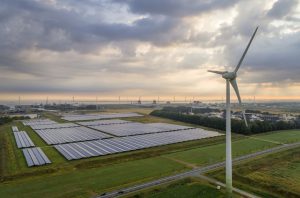Japan’s wind power body has set a long-term goal to massively increase its capacity to 140 gigawatts over the next three and a half decades.
The Japan Wind Power Association said on Monday it is now aiming meet a third of the country’s electricity demand and help it reach its 2050 carbon neutrality target
That would be a huge increase from its current output of less than 5 gigawatts currently.
ALSO SEE:
Japan Clean Energy Share Can Reach 90% By 2035, Says Study
Clear goal needed: JWPA
Offshore wind is meant to be central to Japan’s expansion of renewable energy, but progress has been delayed and a government deal of up to 45 GW of offshore wind power in 2040, looks less ambitious than the new Japan Wind Power Association (JWPA) targets.
“We need to map out a clear goal to attract foreign suppliers of wind farms so that they will invest in Japan and build local supply chains here,” JWPA president Jin Kato told a news conference.
The JWPA said Japan, the world’s fifth-biggest carbon dioxide (CO2) emitter, should increase its offshore wind power generation capacity to 100 GW by 2050 to help reduce emissions.
As of end-2022, Japan’s less than 5 GW of installed wind power capacity included only 0.14 GW offshore.
Bidding rules revised
The government last year had to suspend the process of selecting developers for wind farm projects for nine months while it revised bidding rules to address business criticism that they lacked clarity.
The JWPA said creating an internationally competitive wind power industry required collaboration between the public and private sectors to speed up progress.
In all, it aims to install 40 GW of onshore wind farms, 40 GW of bottom-fixed offshore wind farms and 60 GW of floating offshore, it said.
The installations would have an economic ripple effect of 6 trillion yen ($44.4 billion) per year in 2050, creating 355,000 while reducing fossil fuel procurement costs by 2.5 trillion yen per year, JWPA estimates found.
- Reuters with additional editing by Jim Pollard
ALSO SEE:
Mitsubishi, ADB, Others Raise $692m for Wind Farm in Laos
Solar Panels Mandatory in New Tokyo Homes Built After 2025
Japan to Make Wind Power Project Bids More Transparent
Japan Greenhouse Gas Emissions Fall to Record Low
























